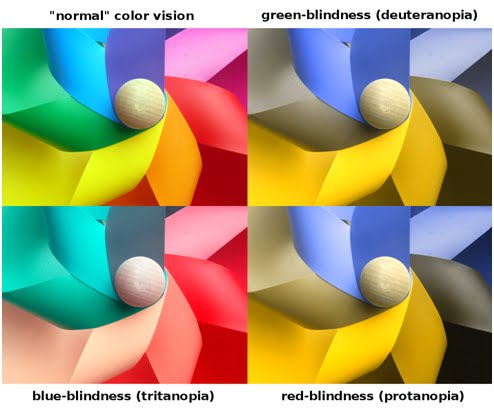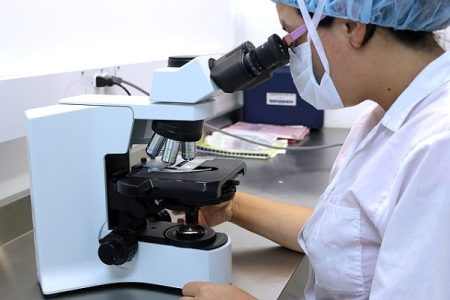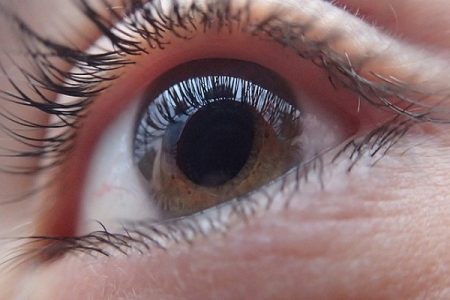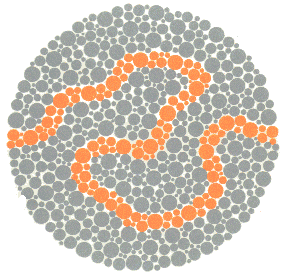Understanding colorblindness
Color-blindness is observed when a person is not able to distinguish between certain common colors such as red, green, blue, or mixtures of these colors. Colorblindness is a genetic condition which results from an absence of color-sensitive pigment in the cone cells of the retina which is the nerve layer at the back of the eye. It was estimated that about 300 million people in the world suffer from color vision deficiency (color blindness). It is also observed that 1 out of about 12 males and 1 out of about 20 women can be color blind.
Being colorblind is considered as a ‘mild disability’ as it slightly hinders daily activities of a person. Those who have red green color deficiency or red green color blindness (red green color blind people) have problems in distinguishing shades of red or green, oranges, browns, pinks, purples, greys, and even black sometimes.
What is red green colorblindness (red green colorblind people)?
Red-green color blindness is known to be the most common type of hereditary color blindness. The main cause of this type of colorblindness is the loss or limited function of red cone (known as protan) or green cone (deutran) photo-pigments. It is observed that more than 99% of all color blind people suffer from red-green color vision deficiency.
More: Blue yellow color vision deficiency
Protanomaly is referred to as reduced sensitivity to red light and deuteranomaly is reduced sensitivity to green light. The regions of the light spectrum which the ‘red’ and ‘green’ cones perceive overlap on each other to cause red/green color blindness.
Protanopia is the condition when there are no working red cone cells and red color appears as black.
Deuteranopia is a condition when there are no working green-cone cells. During deuteranopia, it is observed that red-color appears as brownish-yellow and green-color appears as beige.
A person with both, deuteranomaly and protanomaly, is considered a red-green color blind person and has difficulty in distinguishing between reds, greens, browns and oranges. Red-green color vision defects are inherited in an X-linked recessive pattern
How do colors appear to a red green color blind person?

Image credit: Wikimedia
People with protanopia are more likely to confuse black with many shades of red, dark brown with dark green, dark orange and dark red or mid-greens with some oranges. Whereas, people with deuteranopia are more likely to confuse with mid-reds with mid-greens, blue-greens with grey and mid-pinks, bright greens with yellows, light blues with lilac, etc.
Red-green deficiency test
Many people live a normal life years before they are diagnosed from red green color blindness. Doctors often conduct Ishihara color test and pseudoisochromatic plate test for the diagnosis of colorblindness.
Pseudoisochromatic plate test was first introduced by Stilling (1873). Pseudoisochromatic plate tests are effective in immediate identification of people who suffer from red green blindness. Pseudoisochromatic plate test provides several very important features such as congenital and acquired testing, identification of the type of defect and diagnosis of the severity of the defect, etc. Cambridge Color Test is another new type of test used for the diagnosis of color blindness.
Reducing the impact of red green colorblindness
EnChroma glasses are recommended as a treatment to reduce the effect of colorblindness. The main function of EnChroma lenses is to focus those photo-pigments that cut out certain wavelengths of light to enhance specific colors by using filters.
EnChroma is an outcome of three National Institutes of Health (NIH) SBIR funded studies focused on correcting color vision deficiency. EnChroma was first developed by Andrew Schmeder, a UC Berkeley-trained mathematician and researcher in the field of perceptual psychophysics, and Don McPherson, PhD (glass researcher). They stated that EnChroma lenses divide the overlapping red and green colors and perform multi-notch filtering which leads to improved vision for color deficiency.






